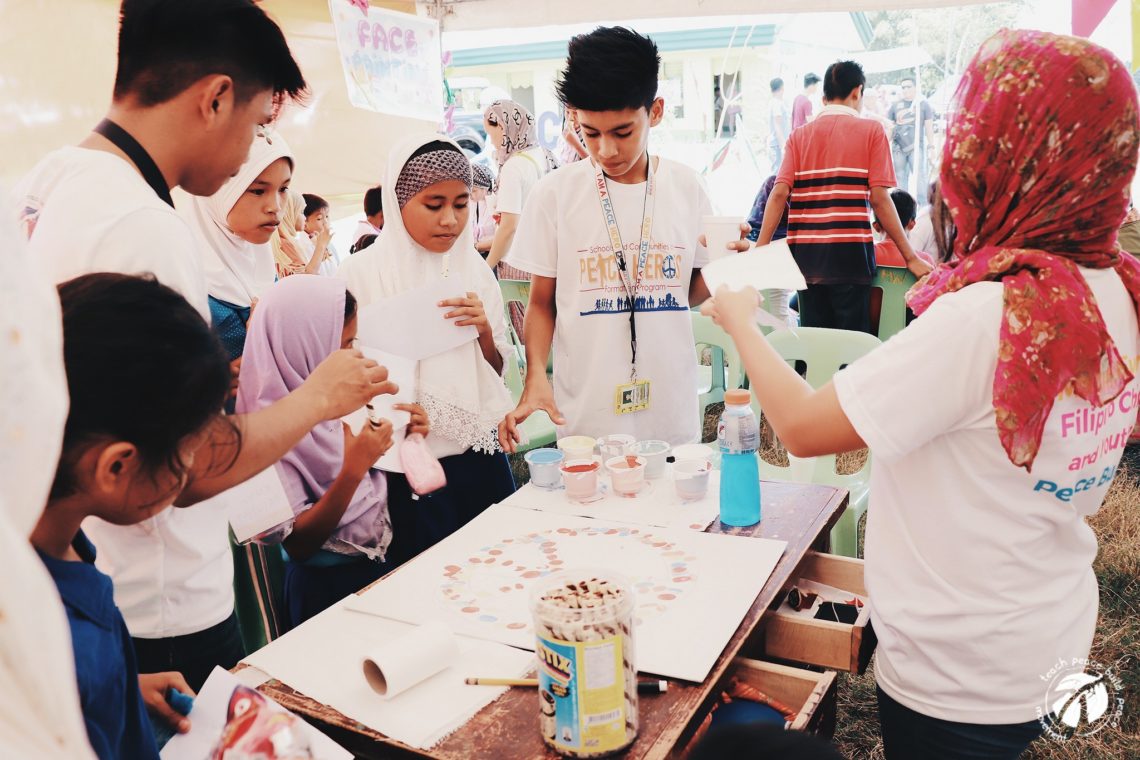Written by: Fort Phil
“Fallen soldier’s kid marches with dad’s commander on graduation day”, came the headline of a Rappler story about a soldier of an Army engineer unit, involved in the construction of a peace center in the village of Tukanalipao, Mamasapano, Maguindanao, who was shot in cold blood on Tuesday morning, April 4, allegedly by a member of a radical armed group. Reading the news report evoked much harrowing emotion considering that the casualty was part of a community project dedicated to promoting peace and development in the area. Sad, but reality on the ground is painfully tragic.
Without question, the consequences of war are brutally devastating particularly to civilians and non-combatants by displacing them from within their own communities, depriving them of their security, and preventing them from achieving full self-realization. The resulting insecurity and instability that follows from these circumstances – lack of basic social services, harsh surroundings and oppressive governments – forces many to turn to the worst imaginable kind of violence in defense of their right to survive. But through these tragic circumstances, attention has also been drawn to the need of comprehensively understanding conflict and preventing any and all conditions leading to violence.
Lives are undeniably lost each day, properties are destroyed, opportunities are wasted and these cannot go on. Just yesterday, April 10, there was a deadly clash between government forces and Abu Sayyaf extremists in Basilan. Ways of doing things must definitely change for the better and this requires a more proactive stance from all stakeholders. A new way of thinking is necessary and must be constructively pushed; but in our earnest desire for a paradigm shift, we must not disregard cultural sensitivity. It is everyone’s duty to closely examine the underlying causes that force people to resort to violence.
The threat to peace stems from a multitude of causes including poverty, environmental deterioration and social injustice. There are a variety of factors including economic, political, social, cultural and environmental grounds from which these causes are founded. Sadly, the technological progress that has brought our world closer together has not been fittingly matched by mutual respect and understanding of other cultures and beliefs. The absence of certainty and security makes it difficult to promote peace, and local peace workers are confronted daily with these variables in the field.
A Culture of Peace in Communities Leads to Peace and Development
The roots of conflict originate from a wide number of cases in different areas. While its nature is complicated, it is universally accepted that violence can be prevented and reduced through the practice of dialogue and negotiations – skills which can be taught through an active program of peace education and consistent promotion of social ethics for peace. Notably, to complement government efforts, many non-government organizations (NGOs) and private individuals have quietly, but effectively, worked in promoting the culture of peace and similar programs. In the Philippines, local NGOs, such as Teach Peace Build Peace Movement, and different well-meaning people’s organizations (POs) contribute significantly to the overall peace effort of the national government.
The impact of violence is boundless. It affects everyone especially the marginalized members of society and its effect is a serious concern particularly to small and isolated communities. Decades of local conflicts have resulted to nothing but misery particularly to those directly affected by violence. Given this backdrop, it becomes imperative that change must come. An apt and revolutionary shift of mindset on how to resolve conflict must evolve if we are to positively move forward as a nation.
History have long proven that war has been a threat, and a scourge, to mankind since the dawn of civilization. This threat ranges from everyday violence of small-scale conflicts, to regional wars and to the vast devastation caused by two world wars. As President Duterte puts it, “No matter the spoils, war is never worth it.”
A violent deed cannot be remedied by another brutal action regardless of whether the act of violence and war is justified by religious, political, economic, social and cultural disputes, it is time to adopt a renewed mindset that promotes peace. The usual method protagonists employ to deal with conflict is through oppressive and martial measures but control and extreme actions are not enough, they merely delay future unimaginable violence. A preventive and pragmatic approach becomes imperative – through peace education and sustainable promotion of a culture for peace and non-violence.
Why peace education program?
Given that violence and war is a product of culture, through the modification of basic cultural mindsets, everyone can work towards creating a culture of peace. We must therefore strive to build a culture which consists of values, attitudes and behaviors that reject violence, one that attempts to prevent conflict by rightfully addressing its root causes with a new view of solving problems through dialogue and negotiations. Remarkably, President Duterte even emphasized “principled position that disputes should be settled in a peaceful manner” in his speech last Sunday, April 9, during the Araw ng Kagitingan commemoration in Bataan. Unjustified violence against any person, or group, has no place in a civilized society.
This writer is a witness to the power of peace education programs, and similar activities, in transforming communities. Building public school classrooms and peace hubs through Bayanihan is one example of a “collective” peace education activity that immensely help local communities a step towards attainment of meaningful peace and development. Peace through the promotion of quality public education encompasses economic, political, social, cultural, moral and ethical issues thereby making it vital in transforming people’s attitudes towards dealing with conflicts. This approach may appear to be complicated to some, or may also be simplistic to a few, but it has worked well in local communities particularly in geographically-remote public schools.
Establishing a culture of peace requires the involvement of all sectors that together shape the country’s culture – institutions such as the government, public officials, NGOs, CSOs, media and especially parents and teachers. Although peace education program is often based in schools and other learning institutions, it should involve the entire community as peace education is not only a necessity in areas where there are conflicts but in all societies. Parents’ role is crucial in teaching and promoting strong family values that foster a culture of peace. After all, it is in the homes that peace is first learned, practiced and nurtured.
Further, the promotion of social ethics in peace education program in schools is an apt strategy in firmly establishing a culture of peace in local communities. Ethics is an important attribute like the basic skills of reading, writing and arithmetic; and it should become a core part of every peace program. Remarkably, the Department of education (DepEd) has established Peace Education Bureau in 2006 to help support the full integration of peace education in all of the curriculum, as well as the activities of all primary and secondary institutions.
Why is Bayanihan the right vehicle for peace education in local communities?
Essentially, the practice of Bayanihan in constructing public school buildings and peace centers is a peace curriculum in itself. The whole exercise is basically a practical application of all the principles in attaining peace and harmony through shared experience and in having a common goal – to collectively build a quality school building for the students. What is more significant than putting into action the philosophy of peace education?
A teacher of a beneficiary-public school in Cordillera has this to say of their bayanihan experience, “Through this Bayanihan project, the people of Butbut tribe have proven that they are united as one and that they are ready to help each other in times of need and to share each one’s success and happiness. This project has been an inspiration to them because they have served their community with glad hearts and open hands. It has been a valuable learning to the youth and students who joined because they learned to be generous and caring towards other people. They also learned the value of volunteerism, cooperation and the spirit of bayanihan.”
Likewise, is there a more valuable affirmation a peace worker can gain than from the statement of appreciation from stakeholders, beneficiary and volunteers involved in the project itself? As Nanay Clarita, a parent-volunteer in one Bayanihan project in Central Luzon, would put it, “Kahit matanda na ako, feeling ko lumalakas ako sa paggawa kapag nakikita ko ang aming mga kasamahan at mga sundalo na nakangiti habang nagtatrabaho sa ilalim ng sikat ng araw. Taga-bomba ako sa mga nag-iigib at minsan ay cook nila sa hapon. Pagod pero enjoy.”
Multi-stakeholder partnership (MSP), especially in building local public schools through volunteerism among parents, teachers, LGUs, civil society organizations (CSOs) and other well-meaning individuals, is a practical approach that has proven to be an effective catalyst in local peace and development. It is a program that has helped quite a number of communities nationwide to further strengthen communal bond and resiliency. By moving as one in constructing new school buildings for the youth, local stakeholders realized that peace and harmony is possible among them. The residents have found also new indigenous ways to boost their chances for socio-economic development. A problem shared is a problem half-solved, so to speak.
Where do we go from here?
As peace-loving citizens and advocates, what can we contribute to local peace efforts?
Given the current global security situation, finding peace and stability become a major challenge for mankind. But in many cases and when properly utilized, the energy stemming from conflict can be directed towards achieving positive change. Communities need to be taught of alternatives in resolving conflict other than military or violent means. Peace education is one way of achieving this end because it directly raises awareness of the roots and causes of conflict. It also provides people with the necessary skills and knowledge how to appropriately respond to disputes. Peace projects, such as the one where the late Army Corporal Tamano Macadatar was involved, should be properly and vigorously supported, protected and sustained by no less than the direct stakeholders and the community itself.
Embracing the positive values of openness and equality must be a societal goal. An open and dynamic society tolerates differing perspectives which helps in coming up with rational consensus. Government and civil society must remain open to change in order to adroitly adapt to our increasingly highly-connected and fast-paced world. It is to the good of everyone to focus on the long-term standpoints; and credible education is one. Importantly, the promotion of culture of peace should inspire people to work for a better tomorrow through shared experiences and goals which stimulate familial love and revitalize communal spirit.
The creation, much more sustainability, of local peace is a long and tedious process that can take years to achieve, but at least the next generations will have the chance to enjoy its benefits. Its attainment must become our united goal as peace-loving citizens, as human beings. Everyone must be politely reminded that anyone who acts with pure intention and right direction can make a profound difference and can influence events that are contributory to a more peaceful future, and our best shot is having a sound and sustainable peace education program both in schools and communities. The government, in close partnership with different stakeholders, needs to focus on proactive and constructive measures that encourage the development of a culture of peace. Being in authority, it is ideal that the government take the lead.
Indeed, winning the peace is never easy and we must not stop from trying. May each one of us always share the importance of peace education program, and similar activities, in bringing about a community in which people willingly cooperate for the benefit of all, acting in altruism and selflessness, recognizing the values of non-violence and respect for human rights.


